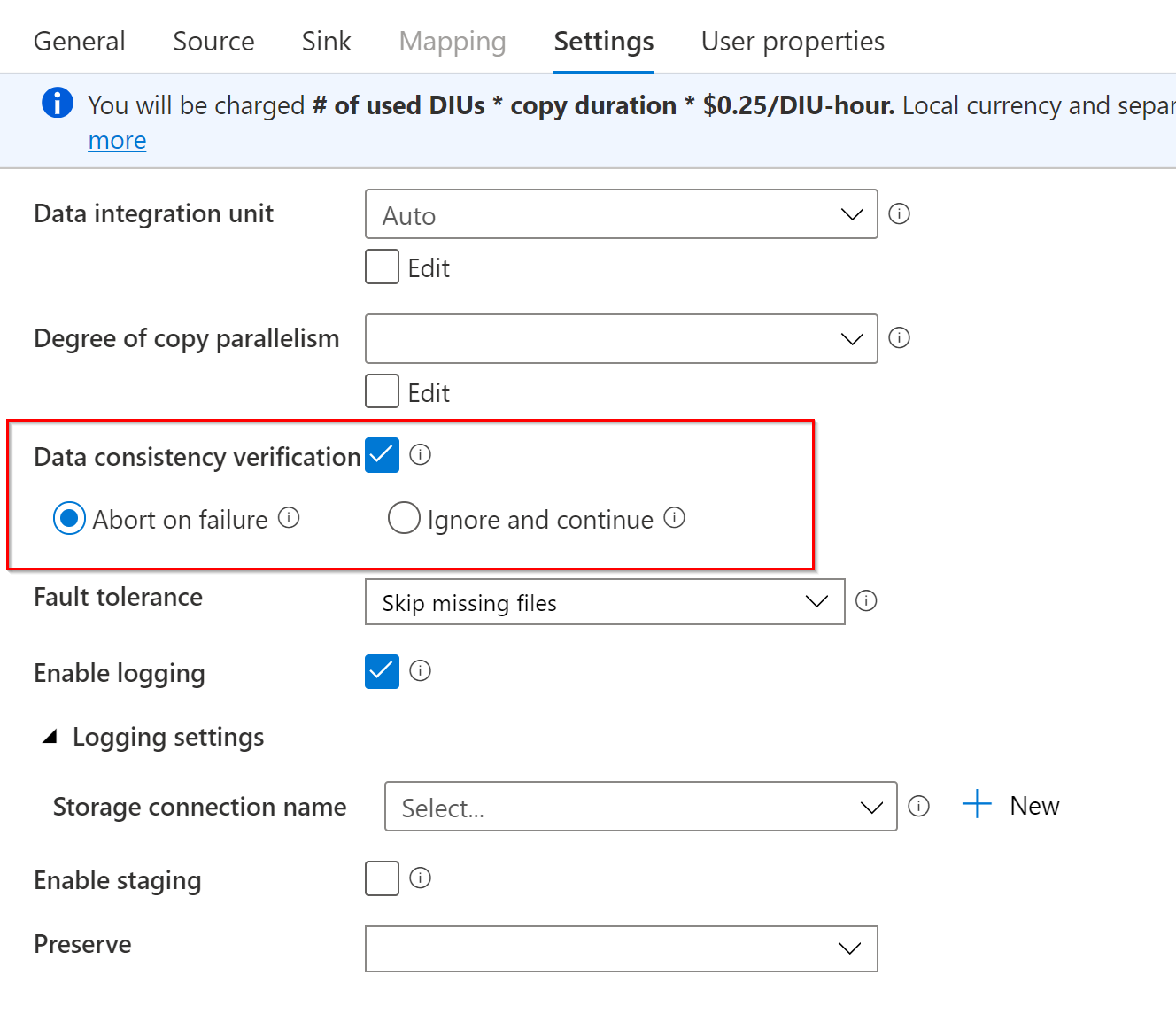Hello @Anonymous and welcome to Microsoft Q&A.
Depending upon how you are copying your data, there are data consistency options.
If you are using Binary copy (as opposed to tablular / delimited text), then the checksum is performed for you. This is a much, much easier option than trying to check the MD5 afterward. A dataset of type binary can copy any type of file including text.

If you want to verify the checksum after copy, using the text file you mentioned, the process is more involved.
First a Lookup Activity is used to read the contents of your .txt file via delimited text dataset. Then a ForEach Activity is used to iterate over each row. Inside the ForEach loop, a Get Metadata Activity uses a parameterized dataset to get the MD5. The filename is passed into the Get Metadata Activity, and through it to the parameterized dataset where is stands in for filename.
After the Get Metadata Activity, an If Activity compares the MD5 from the output, to the one in the current row/item.
Inside the If Activity, an Append Variable activity is used to add the filename to an array type variable. This will be a list of all filenames that fail the MD5 comparison.
Outside, after the whole ForEach activity completes, you will need to push the list of failed filenames to a destination of your choice. It could be writing to a blob, or sending to logic app for email, or function app for further processing, or something else.